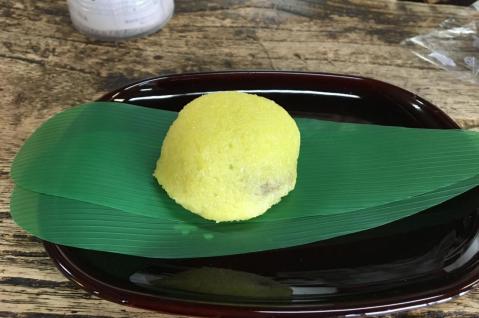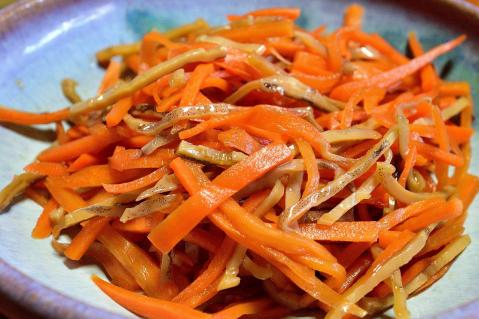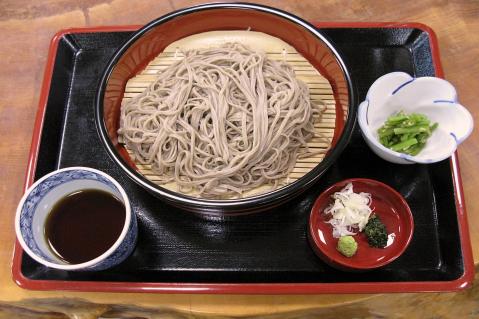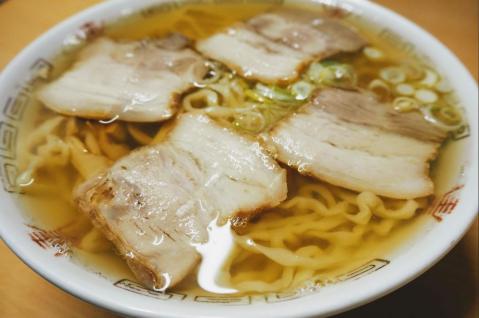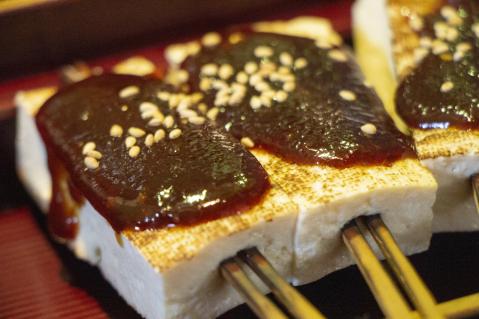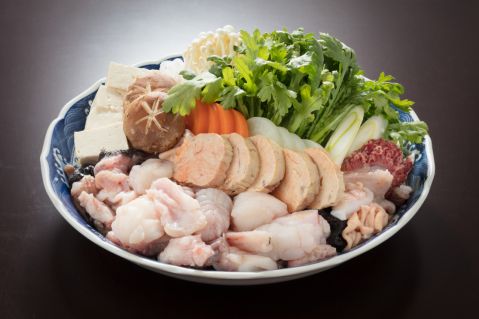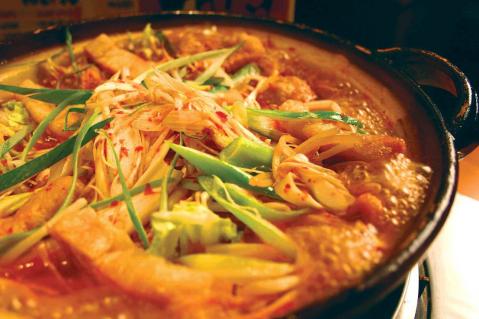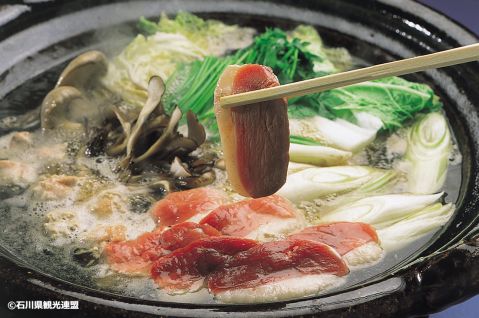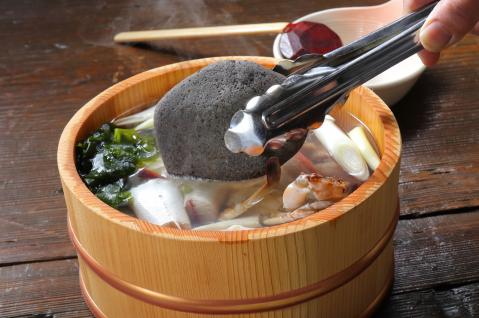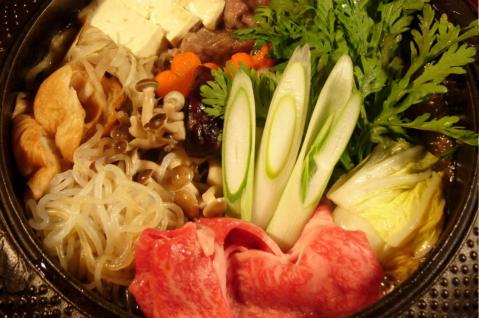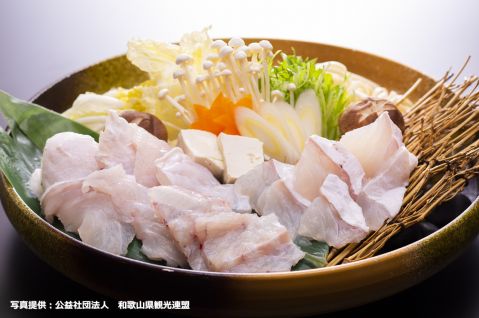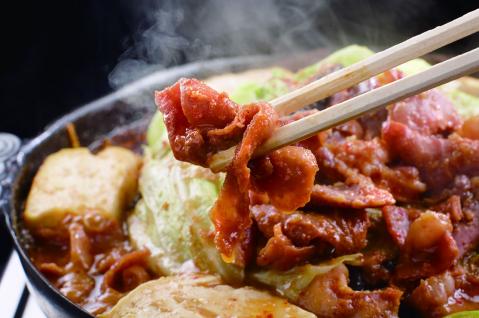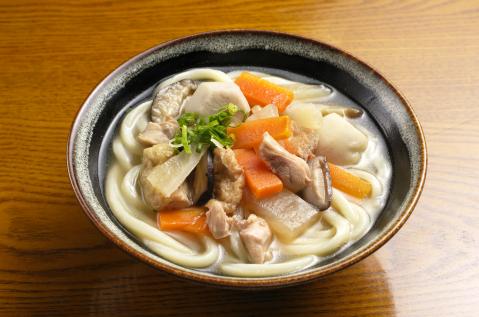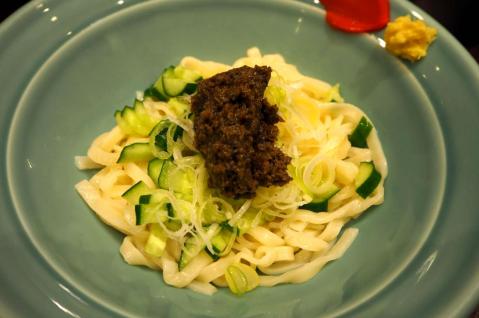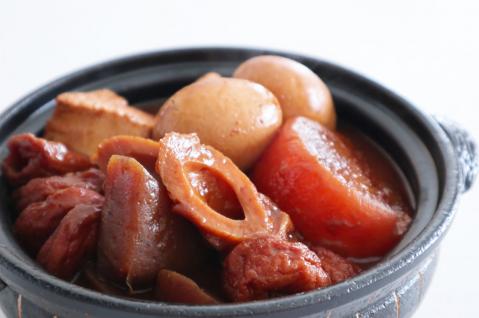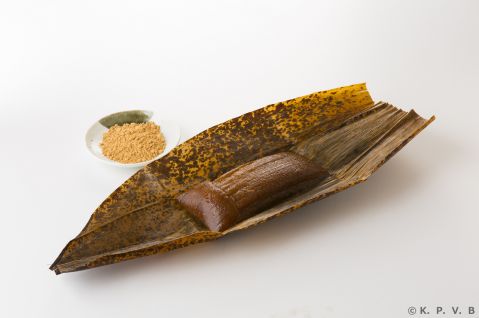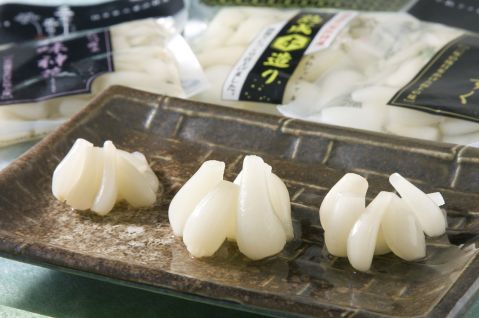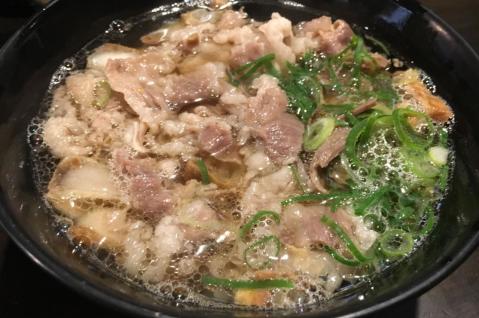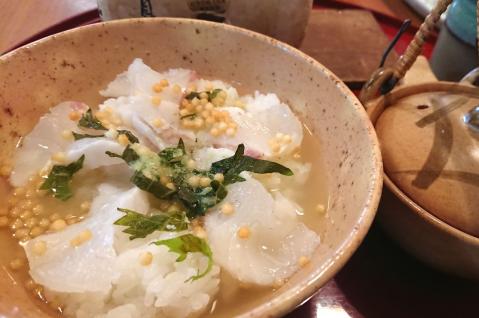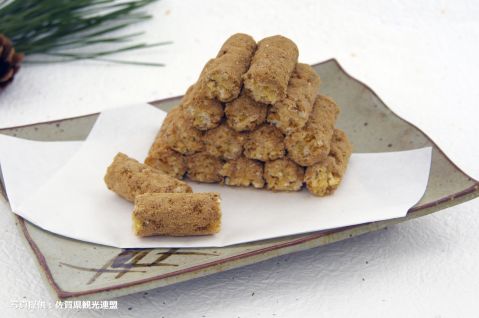Dobu Jiru
A rich and hearty winter hot pot from Fukushima’s coastal fishing towns
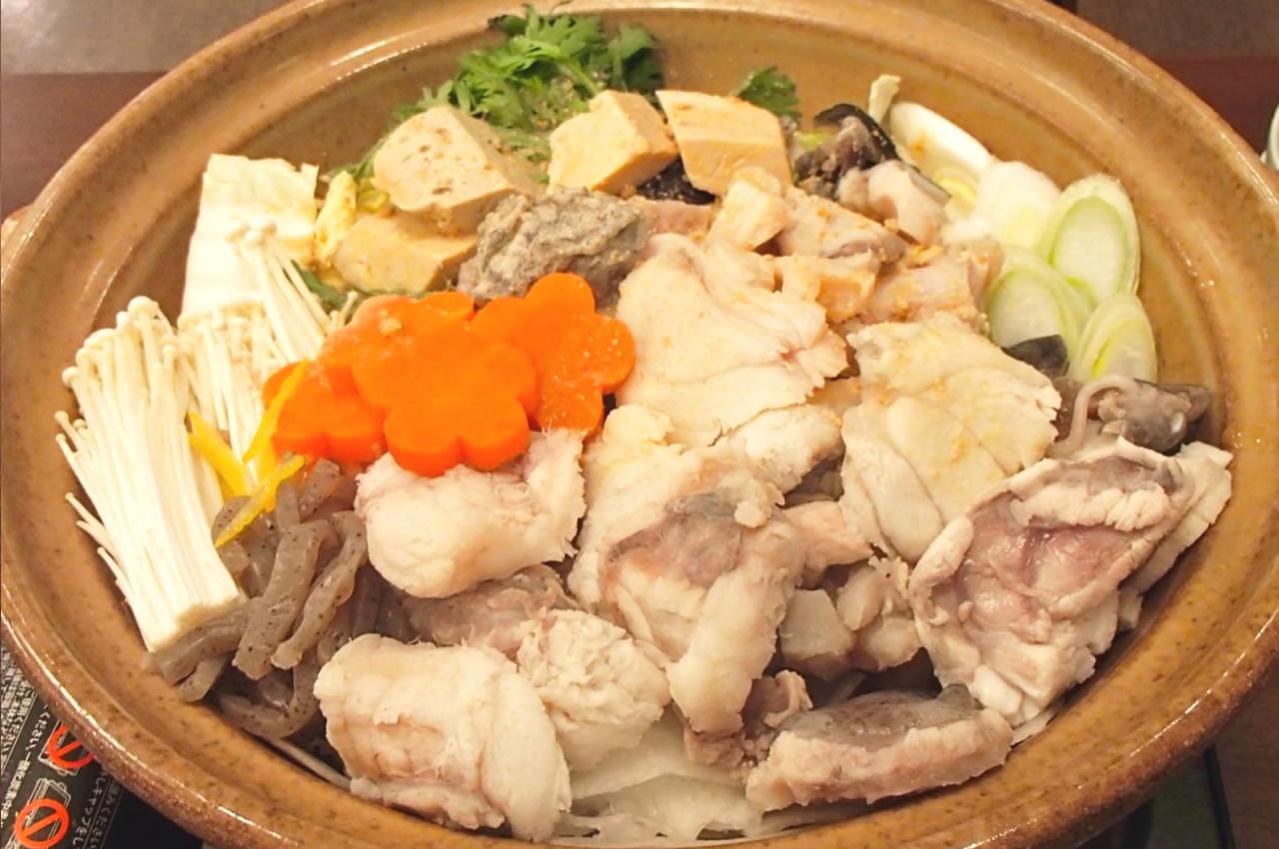
About Dobu Jiru
Dobu Jiru (どぶ汁, Dobu jiru) is a traditional winter specialty from the Hamadori region of Fukushima Prefecture, born in the rugged fishing ports amidst chilly sea winds. This flavorful and delicate dish traces its roots back to fishermen who would prepare freshly caught anglerfish as a hearty meal on their boats.
The most unique feature of Dobu Jiru is its waterless cooking method. The dish begins by sautéing ankimo (anglerfish liver) in a pot, releasing its natural fats and rich flavors. Pieces of anglerfish—meat, skin, and stomach—are then added all together, along with vegetables like napa cabbage and green onions. The dish is gently simmered and seasoned with miso, creating a luxurious and savory hot pot.
The name "Dobu Jiru" has several possible origins. One explanation is that the white, cloudy broth, formed as the ankimo dissolves, resembles "dobu," a term for sludge or murkiness. Another theory ties it to the idea of using "everything" (in Japanese, "zenbu," which can be associated with "dobu") from the anglerfish without any waste. In either case, the dish reflects resourcefulness and a deep respect for sustainability.
Besides its incredible flavor, Dobu Jiru is packed with nutrients. Ankimo is rich in vitamins A and D, as well as unsaturated fatty acids like EPA and DHA, which help boost immunity and improve circulation. For the ultimate pairing, enjoy Dobu Jiru with a glass of pure junmai sake from Fukushima—the crisp, clean finish of the sake perfectly complements the hot pot’s deep, umami-packed flavors.
Today, many restaurants, especially around Iwaki City in Fukushima, serve Dobu Jiru as a winter-only delicacy, delighting both locals and visitors alike. Combining tradition, health, and comfort, this dish is a true “living cultural treasure” on your plate—an unforgettable experience for any food lover.
Related videos
Reviews
There are no reviews yet.

